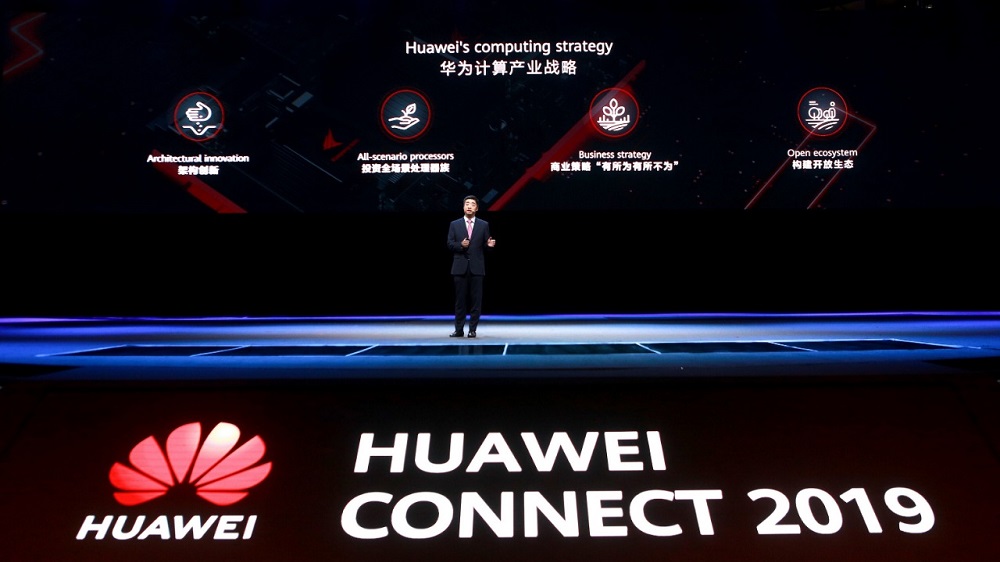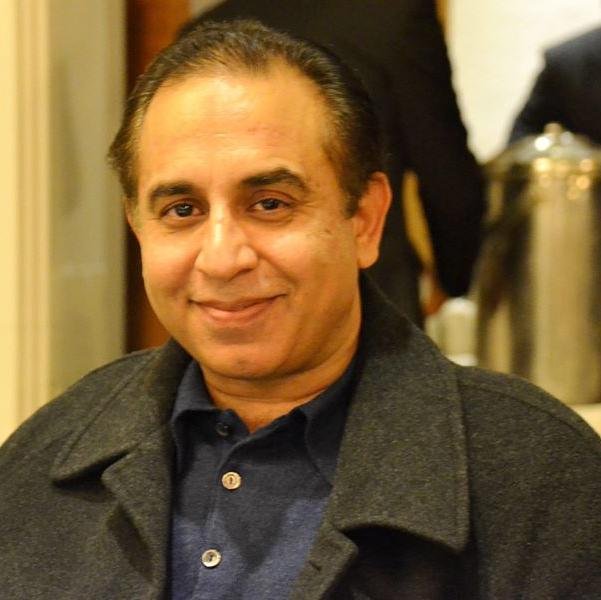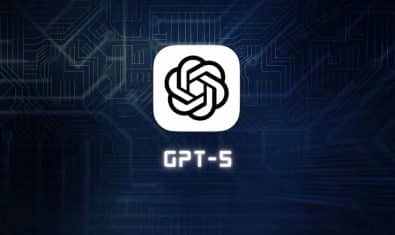During the 2019 Huawei Connect event in Shanghai, Huawei reaffirmed its plans and commitment to digital transformation at a global scale. Ken Hu, Huawei’s Deputy Chairman, called for individuals and organizations to join Huawei with its ambition of using TECH4ALL platform to help 500 million people with digital technology in the next five years.
With the theme of ‘Building a Fully Connected, Intelligent World, Huawei Connect 2019 saw many industry peers gather in Shanghai from September 18–20 to discuss the future of artificial intelligence (AI), digital development and the expansion of cloud services in a connected world.
Among the attendees was Nayatel’s co-founder, Mr. Aqeel Khurshid.
In light of Nayatel’s long-running partnership with Huawei, we got a chance to discuss the future of the ISP with Mr. Bashir as well as what impact Huawei would have on Pakistan’s telecom industry.
Can you introduce yourself and tell us a bit about yourself and Nayatel?
My name is Aqeel Khurshid, Chief Technology Officer of Nayatel Pvt Ltd. I’m one of the co-founders and shareholders of the company. I’m also on the Board of Directors.
I completed my degree in engineering from Lahore UET in 1992. For a while, I worked in the oil and gas industry with Pakistan Oilfields Limited. After that, I worked with PTCL and then started a company by the name of MicroNet.
We launched our first ISP Dial-up services in 1998 from Taxila and Wah area. In 2002, we launched our DSL services. We were the pioneers, being the first company to provide DSL services in Pakistan. After the Deregulation Policy in 2004, we decided to take the Local Loop License and launched Nayatel services in Islamabad and Rawalpindi in 2006.
Nayatel is currently operating in four cities, we started in Islamabad back in 2006 and expanded to Rawalpindi a year later. In 2016, we launched our services in Faisalabad and in 2018, we launched it in Peshawar. We are covering four cities, with the biggest customer base in Islamabad.
Currently, we have over 70,000 customers and it’s all on an FTTH GPON network.
What is the vision and mission of Nayatel? What does your company hope to achieve?
If we look at the infrastructure, especially broadband infrastructure, the connectivity for the customer via IP is substandard. We want to change that.
Firstly, we are planning micro expansion in Islamabad and Rawalpindi since these cities are already showing good organic growth. We have plans of expanding to other cities as well including Lahore.
Our value-added services on Nayatel get regular updates and they are going to be very important for us going forward. We have also started planning and working towards virtualization, artificial intelligence, and big data. We hope to gradually market our multi-dimensional products and in-house software solutions globally.
Huawei is a technology partner of Nayatel and since you are here in Shanghai Huawei Connect 2019, can you tell us about the relation between Huawei and Nayatel in terms of technological advancements and benefits it brings to Pakistan and what impact it will have in the future?
Nayatel and Huawei’s relationship goes all the way back to 2011. We started with Huawei GPON and use it to this day. It’s a reliable product which is updated regularly. We are also using Huawei’s voice switch and are planning to use Huawei’s equipment for our storage plans.
I’d say Huawei has been instrumental when it comes to the telecom sector in Pakistan. They’re not only technology providers, but they have also created employment opportunities for engineers in Pakistan. Huawei has helped trained many of the engineers in the country and they also made a technical sports center in Islamabad recently.
I think that Huawei should build an R&D center in Pakistan and start manufacturing its products here. If you look at the talent in Pakistan, they all go abroad for skill acquisition and better job opportunities. The manufacturing and R&D unit would help add tax revenue for the government and provide employment to blue-collar workers and talented engineers alike.
As for Nayatel, our R&D model is quite interesting. We don’t have a particular unit but our internal procedures and processes support R&D in general. All incentives and promotions are based on innovation. The more innovative you are, the more you progress.
We have an Idea Award, where our team members try to come up with innovative ideas and concepts. Once that idea is implemented, we reward that team member. We have a few teams that work on new ideas, such as AX. It consists of people from various departments that work together to come up with new ideas for the company.
It doesn’t necessarily mean that the individual who came up with the idea has to work on it. The project or idea is implemented by the concerned department. So, if you visit our profile, you can find various unique products as most of them are built in-house. So we groom our engineers based on R&D and innovation.
Since this is the era of A.I and Huawei is very committed to artificial intelligence. What do you think is the future of A.I in Pakistan?
First of all, whether it is Pakistan or any other country, you can’t be disconnected from the rest of the world. A.I. is the future and Pakistan is far behind on this front. There is a lot of time wasted in government facilities. Implementing A.I. would increase efficiency, especially in the public and private sectors. For instance, railways, hospitals, and educational facilities can benefit from A.I.
PTCL claims to have a large audience which is why they cannot take notice of all complaints but Nayatel is known to have strong customer support services. Tell us about your customer support model, what rules is it based on and how would you continue to improve your model as you garner a wider audience?
PTCL is no doubt the biggest telecommunication company in Pakistan with a large audience. Customer support service doesn’t necessarily vary whether it is for a large audience or a small audience. Every device is lifeless, it has limited intelligence and is not capable of making complex decisions. It is the person or team behind the device that makes things happen.
Customer support service depends on your team. It is our policy to heavily train and skillfully equip our team when it comes to customer support so that they are able and knowledgeable enough to provide any kind of assistance to the customer. This all starts from the hiring process and we provide them incentives based on their performances. Our customer base has doubled over the years, but our model and rules are still the same and we haven’t dropped our standards.
Talking about GPON, can you elaborate on the differences between Nayatel’s and PTCL’s GPON? Also, compared to Nayatel, what can you tell us about the rest of the internet service providers in Pakistan?
GPON is GPON, regardless of ISP. The service, customer support and value-addition on top is what differentiates you from the competition.
PTCL is pretty aggressively establishing its network and that’s a good thing because it gives us real competition to keep up us on our toes. Competition helps us further improve our services, raise the standards of customer service and go the extra mile.
From MicroNet to 5G, do you think FTTH will ever be replaced by 5G, or does FTTH has its own place or market? Secondly, how much does it impact Fixed-Line and new generation internet?
There is a misconception that these are competing technologies. They aren’t, they complement each other. One is on-go and the other is Fixed-Line.
If you look at the FMC (fixed-mobile convergence) concept, you can see that these two technologies are different from one another but also support each other. So, 3G, 4G or any wireless technology can’t take over Fixed-Line and vice versa. The two continue parallel to each other and both technologies will support each other.
Speaking of 5G, it requires a Fixed-Line backbone, it won’t work without it. This is because the cell density of 5G is very high since its coverage area is only a few hundred meters. So, to support it, we need fiberglass wiring. Hence, both technologies will support each other.
From a localization point of view, we know that Islamabad and Rawalpindi is the main customer base for Nayatel. However, there are still a few blind spots where Nayatel coverage is not available. So what is Nayatel doing in this scenario to ensure 100% coverage to these areas?
The biggest obstacle we have is the Right of Way. Currently, there is no policy regarding the Right of Way from the government or the regulators. Even in DHA schemes, we cannot enter without permission. That is also the case with various private societies like the NHA and railway.
Our case has been with the Ministry of Telecom for a long time. It’s not just Nayatel that is affected, other broadband service providers also suffer from this issue. Aside from this, there are other ground challenges as well.
For instance, if we get a permit from the society to set up our broadband services, local cable operators tend to damage the equipment and cause trouble. However, we aim to provide full coverage to not just Islamabad and Rawalpindi but also other cities like Peshawar and Faisalabad. It would take some time to get to 100% coverage, but we are working hard to achieve that.




























Amazing progress
Lol 16-17 salo se akele Pindi ko hi, Adha bhi cover nhi kr sake.. Batein jitni Marzi Chudwa Lo inse … Aj Tak 7Mbps or 55GB data se agay nhi barh saki ye company or batein Fiber ki. As I have said it many times Nayatel is PTCL of Fiber Companies